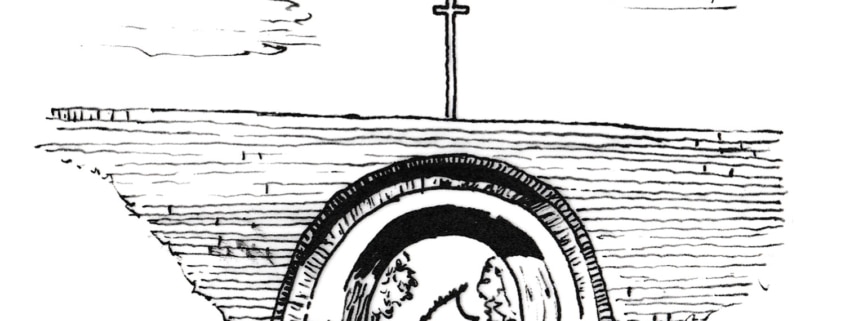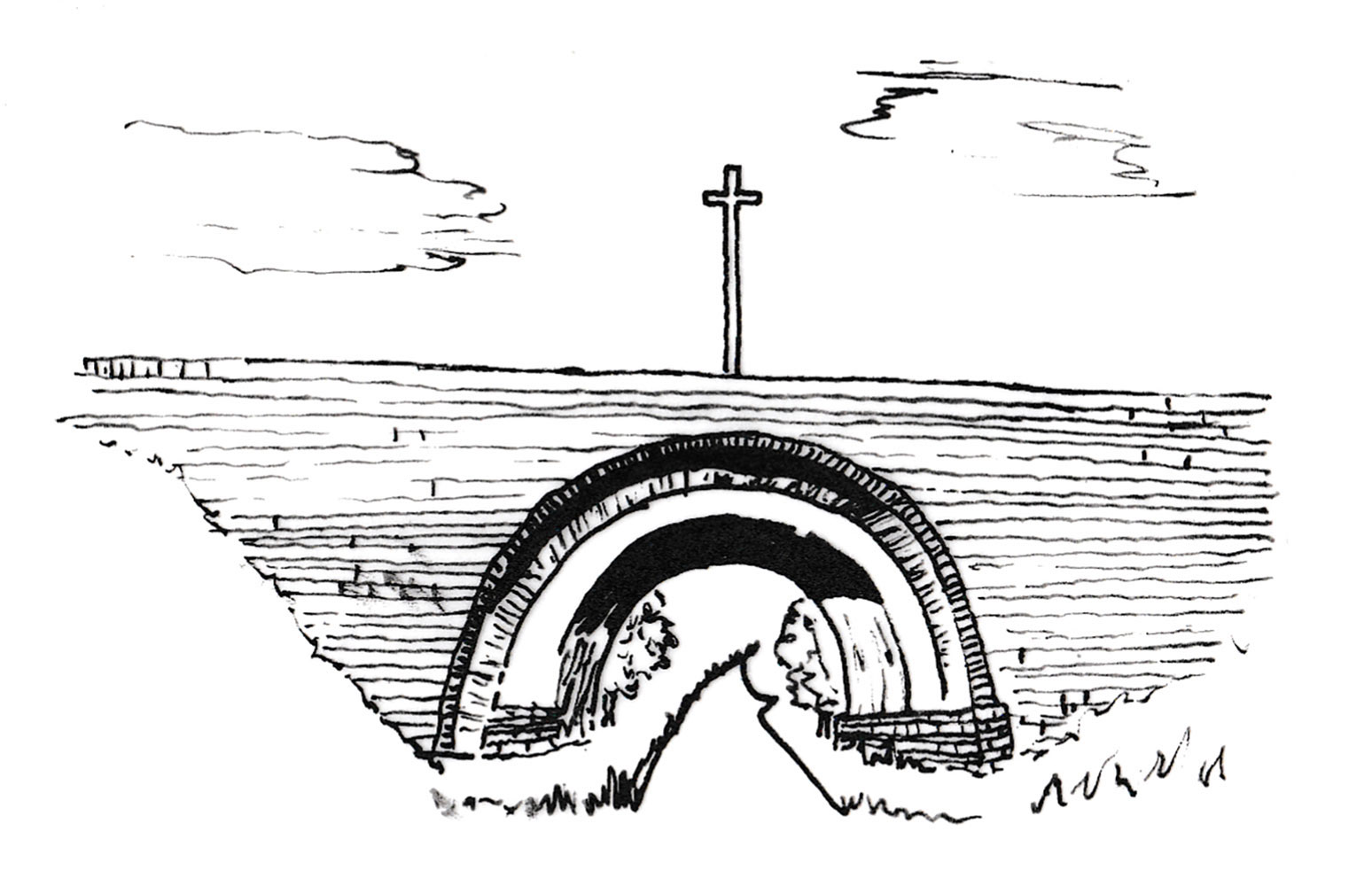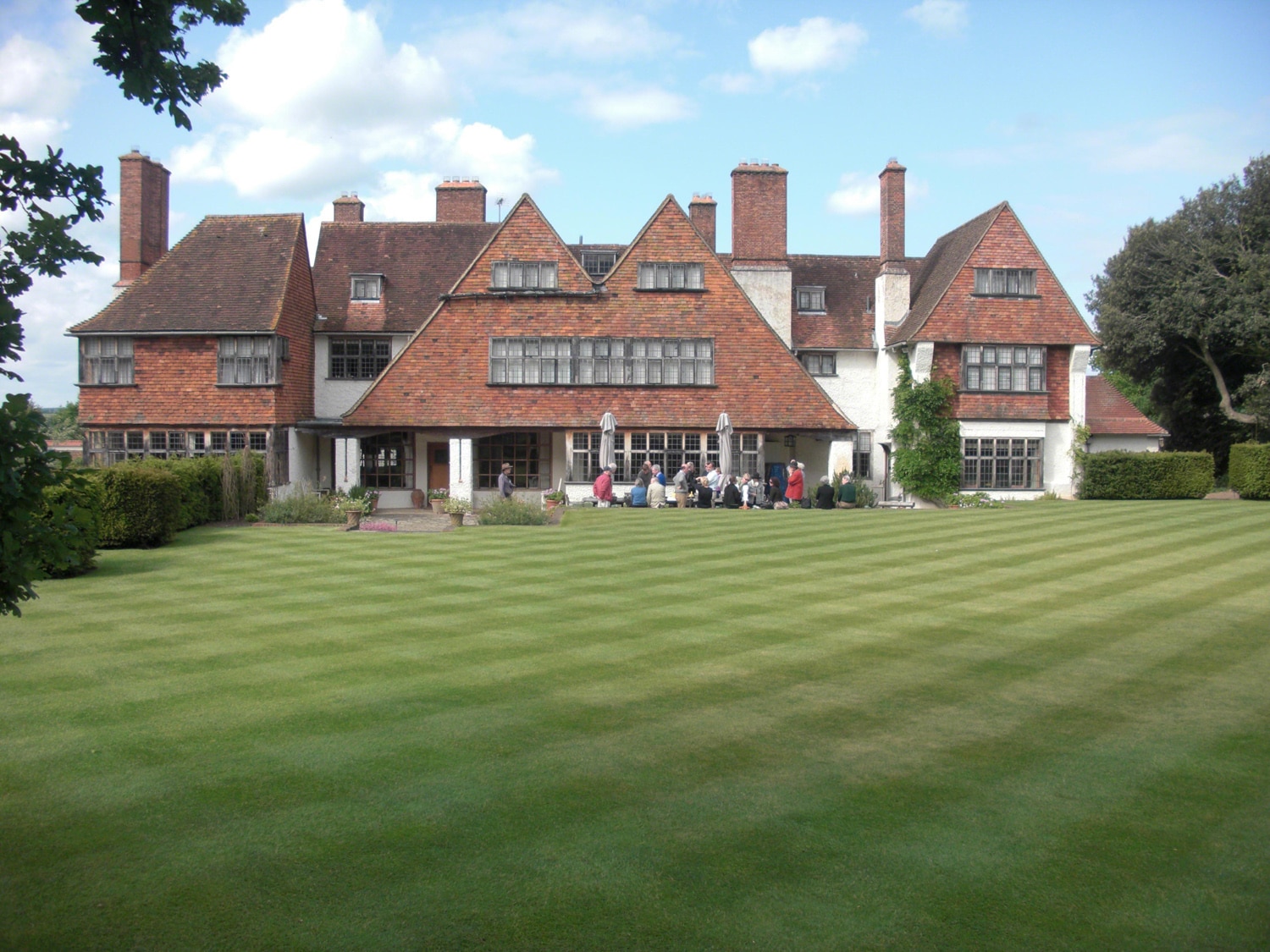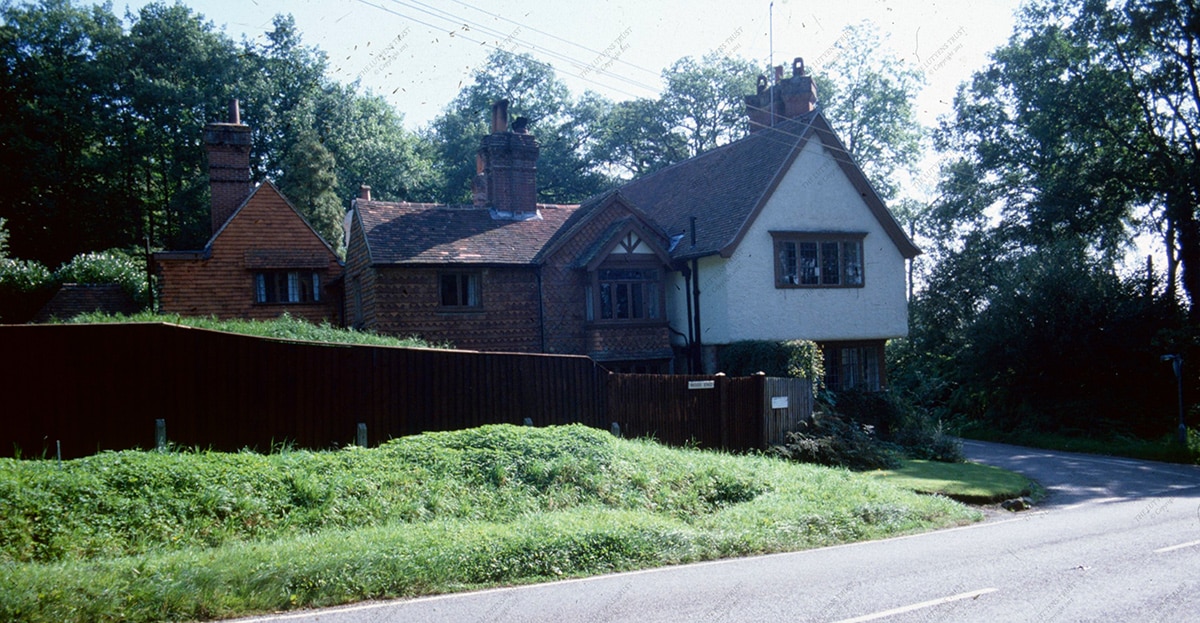
Description
Stoke College was originally a Benedictine Convent of 1050 which was later augmented by the transfer of canons from Clare Priory. In 1415 it was converted into a college and was so used until its dissolution in 1534 when it became a mansion and was granted to Sir John Cheke and Walter Mildmay, from whom it passed to the Triggs family in 1557. Sir Gervase Elwes bought the manor and on his death in 1705 it passed to his grandson, Sir Hervey Elwes, who died without issue in 1763, and was succeeded by his nephew, John Elwes, both of whom obtained notoriety as misers. The College remained in the Elwes family until the present century when it came into the possession of the Loch family. The house was altered in 1897 by Edwin Lutyens for Lord Lock who added the west court with billiard room and bachelors wing. Lutyens also laid out the garden and built the garden wall with a circular window opening. The present house is used as a school. It is a C18 red brick building probably with vestiges of the old priory remaining. These appear to be of the Chapel, now in the library and kitchen. 2 storeys. The windows generally are double-hung sashes with glazing bars, in cased frames. A raised brick band runs between the storeys. The south-west front has 2 wings with 2 storeyed bow ends with 3 window range. The south- east front has 8 window range (3 blocked on the 1st storey). The north-west front has a single storey porch with a wood doorcase with Ionic pilasters and an open pediment. The roof is tiled, with a modillion eaves cornice. The south-east front has 3 dormer windows, 2 hipped and a semi-circular pediment to the centre dormer. (Historic England, list entry 1265211)The house remained in the Elwes family until 1897, when it was purchased by Lord Loch, who employed his wife’s niece’s husband, Edwin Lutyens, to make alterations and additions, 1897–9….Also of c. 1670 is the block at the n end of the main range, including a chamber n of the entrance and the entrance itself, although the latter was remodelled and extended by Lutyens. By him the outer doorway with Ionic pilasters and open pediment projecting on carved brackets, convincingly ‘Early Georgian’; inner stone doorway with Ionic columns and semicircular fanlight of c. 1780, brought from Dublin c. 1919. On the e side of the house Lutyens added a single-storey billiard room at the end of the s wing, and a two-storey bachelor’s wing round a small internal courtyard to its n. The latter has characteristic sweeping tiled roofs and tile-hanging. The former was top-lit by an extraordinary skylight, like a giant glazed dormer, that was taken down as part of Goodhart-Rendel’s alterations of 1922–3.
…Eof the house, red brick stables (now classrooms, etc.) of c. 1670. Two storeys, with wings projecting towards the house. Parallel range added on the e side in the early c19, its windows and doors with Gothick pointed tops. s of the house, a small walled garden by Lutyens with the Chinese motif of a circular landscape window in the s wall. The original planting by Gertrude Jekyll has not survived. (Bettley, 2015, pp.493-4)
Bibliography
Historic England. Stoke College. [Online] Available from: https://historicengland.org.uk/listing/the-list/list-entry/1265211Bettley, J. (2015) Suffolk: West: The Buildings of England. New Haven: Yale University Press.
Also Cited In
Pevsner, N. and Radcliffe, E. (1974) Suffolk. The buildings of England. Harmondsworth: Penguin.Listing Grade
II*Listing Reference
1265211Client
Lord Loch


